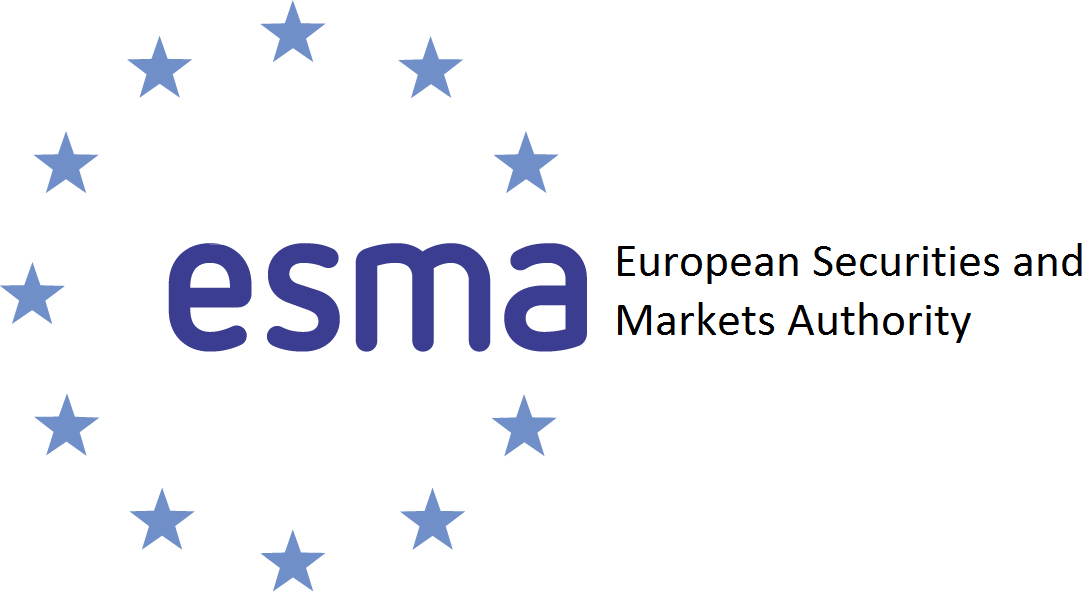Regulatory fragmentation has continued to diverge across 2024, with the French financial regulator's intention to relax portfolio transparency rules for active ETFs marking a dispersion from the Central Bank of Ireland’s (CBI) current approach.
The disparity in regulation across Europe has been identified as stagnating the growth of the market – which has still doubled in assets under management (AUM) over the last four and a half years – but remains a key barrier when compared to the US’s more favourable regulatory conditions.
Regional interpretations of UCITS eligible assets
The European Securities and Markets Authority (ESMA) launched an industry-wide review of the UCITS Eligible Assets Directive (EAD) in May after remaining untouched for 12 years.
The review aimed to clarify definitions and standardise the interpretations of the type of assets UCITS funds invest in including structured and leveraged loans, AT1 bonds, commodities, crypto assets and emission allowances.
Sergey Dolomanov, partner at William Fry, highlighted the importance of the review, given the value of the UCITS brand, and in light of new asset classes that are emerging such as crypto assets.
Commenting on the potential outcomes of the review, Ciara O'Leary, partner at Dechert, said it can go one of two ways.
“It will either remove the regulatory arbitrage by allowing the more ‘liberal positions’, in all jurisdictions or it will take the more traditional positions in certain jurisdictions and make that the standard,” O’Leary said.
“People within the market genuinely do not know which way it is going to go.”
Differences in the regulatory approach to UCITS eligible assets are highlighted when comparing differing regional approaches to crypto assets.
German regulator BaFin and the Spanish regulator the Comisión Nacional del Mercado de Valores’ (CNMV) approaches to crypto assets are more aligned, both allowing investors exposure to financial instruments that have performance linked to cryptocurrencies, while the CBI takes a more cautious approach by allowing indirect exposure.
On the potential harmonisation of national regulation approach to crypto assets, Shane Coveney, partner at Dillon Eustace, said it is “more likely” there will be restrictions on ETNs and the interpretation of their eligibility, rather than “opening it all across the board” where all jurisdictions will allow ETNs with direct exposure.
CBI and AMF transparency rule changes make headlines
Transparency rules surrounding active ETFs have recently come into the discussion after Irish lawyers said the CBI will plan to look into ETF portfolio transparency rules as early as this year to allow non-transparent ETFs.
Recent news from the Autorité des Marchés Financiers (AMF) demonstrated that the French regulator is on a quicker timeline than the CBI, announcing that it is looking to relax transparency rules for active ETFs, stating issuers could publish holdings “at least once a month.”
Speculating if the AMF was to relax the portfolio transparency rules for active ETFs, O'Leary said, “You will not see a massive increase in active ETFs being created in France, most conversations we have with people say that they are going to Ireland, or sometimes Luxembourg.
“But whether it would be enough to move the needle fully, then all the activity economic just go to France, you just don't know at the moment.”
Dolomanov added it is important to consider if the transparency rules will need to be in line with the domestic regulator or with the rules of the jurisdiction of their trades and venues.
“It seems like overall the direction of travel quite slowly towards allowing some kind of, you know, some national disclosure.”
Share class naming dispersion
The CBI and Luxembourg’s Commission de Surveillance du Secteur Financier (CSSF) diverge on their interpretations of ESMA’s UCITS ETF naming convention, with some industry experts calling for the removal of the share class naming convention altogether.
The naming convention requires asset managers to use ‘UCITS ETF’ in the fund name if it offers an ETF share class alongside its mutual fund share class.
Ireland’s financial regulator strictly follows ESMA’s naming convention while Luxembourg’s CSSF is more relaxed, stating the naming convention only concerns the ‘level’ at which the ‘UCITS ETF’ identifier must be used.
On the divergence, O’Leary said she would like it to be the same position across the two jurisdictions.
“I would say that there are some people within the market that would argue that the ESMA paper was quite clear on those naming conventions.”
Additionally, O'Leary and Coveney agreed that the lack of demand seen from issuers to launch ETF share classes is tied to the operational complexities that come with it.
“People are people like to, in some ways like to have one product for one thing and one product for another thing,” O’Leary said.
SFDR labelling confusion
The SFDR's classification system – which states that an ETF will either be classified as article 6,8 or 9 depending on sustainability objectives – has been the cause of confusion across Europe as countries differ on their interpretations.
There have been multiple calls to overhaul the fund labelling regime, with DWS most recently calling for a new labelling regime in January this year.
Coveney commented, “From a UCITS ETF perspective, there are issues around reliance on the index provider and the names of the indices, which are used, as a lot of UCTIS ETFs will use the name of the index in their name itself.”
“It is about looking at the index provider themselves and making sure that the checks and balances are there so that the issuer can stand over the fact that it is a green fund, an impactful fund and a sustainable fund.
“So that is where we will have challenges ahead for the ETF ecosystem.”
The final word
Rather than regulatory fragmentation being a key challenge to the expansion of the European ETF market, instead, Coveney added the main issue is surrounding distribution and penetrating the retail market.
“Looking at retail adoption, the US is definitely further ahead on the retail education of investing when you compare it to Europe, and that's more of a challenge than the actual regulations themselves.”







